Home>Garden Essentials>When Do Dandelions Germinate In Michigan
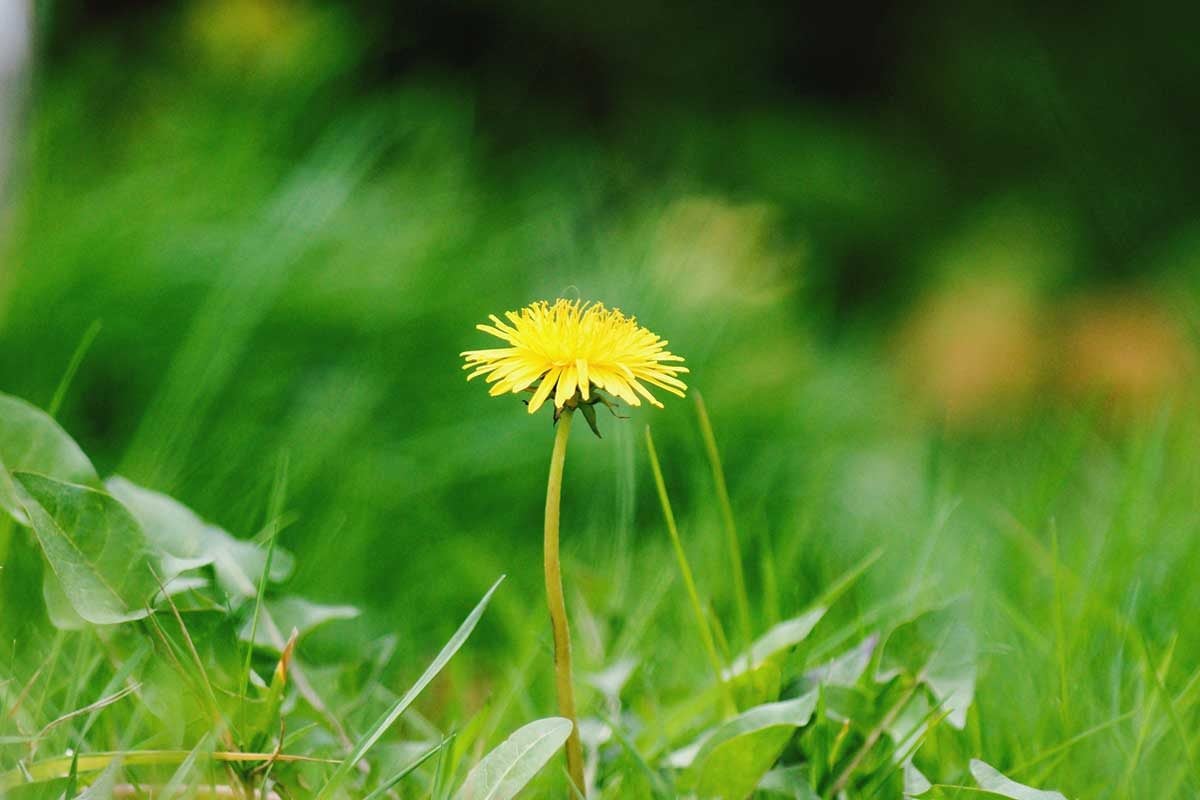

Garden Essentials
When Do Dandelions Germinate In Michigan
Modified: August 20, 2024
Learn when dandelions germinate in Michigan and get expert tips for your garden. Discover when to plant and care for these beautiful flowers in your Michigan garden.
(Many of the links in this article redirect to a specific reviewed product. Your purchase of these products through affiliate links helps to generate commission for Storables.com, at no extra cost. Learn more)
Introduction
Welcome to Michigan, where the beauty of nature blossoms in every corner. From vibrant tulips to majestic oak trees, this state is known for its diverse flora. But amongst these remarkable plants, one species stands out – the dandelion. Often considered a pesky weed, the dandelion (Taraxacum officinale) has a fascinating life cycle that begins with germination.
In this article, we will delve deeper into the germination process of dandelions in Michigan. Understanding when these dandy lions germinate can provide valuable insights for gardeners, landscapers, or anyone curious about this resilient plant’s lifecycle.
Whether you have a love-hate relationship with dandelions or simply want to expand your knowledge of Michigan’s flora, join us as we explore the germination patterns of these fascinating plants throughout the seasons.
Key Takeaways:
- Dandelions in Michigan germinate in spring, summer, and fall, with occasional winter germination in milder regions. Understanding their germination patterns helps gardeners manage their growth effectively.
- Factors like soil temperature, moisture, and soil disturbance influence dandelion germination. By targeting these factors, gardeners can control dandelion populations in Michigan.
Read more: When Do Mums Bloom In Michigan
Understanding Dandelions in Michigan
Dandelions, with their unmistakable yellow flowers and fluffy seed heads, are a common sight in lawns, meadows, and gardens across Michigan. Despite their reputation as stubborn invaders, dandelions are fascinating plants with numerous beneficial traits.
These perennials, native to Eurasia, have managed to establish themselves in various ecosystems worldwide, including Michigan. They have a taproot that can penetrate deep into the soil, enabling them to thrive in diverse conditions.
The dandelion’s life cycle is a continuous journey that starts with germination. The germination process refers to the moment when a dandelion seed sprouts and begins to grow into a mature plant.
Understanding the factors that influence dandelion germination is crucial for managing their growth. By gaining insights into their germination patterns, gardeners and landscapers can devise effective strategies to control dandelion populations.
So, what are these factors that affect dandelion germination? Let’s explore them in the next section.
Factors Affecting Dandelion Germination
Various factors come into play when it comes to the germination of dandelion seeds. Understanding these factors can help us predict the conditions under which dandelion germination is likely to occur.
One critical factor influencing dandelion germination is soil temperature. Dandelion seeds have specific temperature requirements for germination. They typically prefer a soil temperature between 50 and 75 degrees Fahrenheit (10 to 24 degrees Celsius). When the soil reaches this optimal temperature range, it signals to the seeds that it’s time to sprout.
Moisture is another vital factor affecting dandelion germination. Seeds need sufficient moisture to soften their outer shells, allowing them to absorb water and initiate growth. Adequate rainfall or irrigation can provide the necessary moisture for dandelion seeds to germinate.
Additionally, light exposure plays a role in dandelion germination. While some seeds require light to germinate, dandelion seeds, surprisingly, are indifferent to light. They can germinate in both light and dark conditions, which explains why they often appear in shaded areas of lawns.
The presence of bare or disturbed soil is also a facilitator of dandelion germination. When the soil is exposed, it provides an ideal environment for dandelion seeds to settle in and take root. This is why dandelions often thrive in lawns that are regularly mowed or areas where the soil has been recently disturbed.
Lastly, the age of the dandelion seeds can impact germination rates. Freshly matured seeds are more likely to germinate compared to older ones, as the viability of seeds decreases over time. This is due to natural degradation and exposure to environmental factors.
Now that we understand the key factors that affect dandelion germination, let’s explore the patterns of germination throughout the seasons in Michigan.
Spring Germination of Dandelions
Spring is a season of renewal and growth, and for dandelions in Michigan, it marks the beginning of their germination journey. As the weather warms up and the soil temperature rises, dandelion seeds lying dormant in the ground awaken.
In early spring, as the ground thaws and the soil temperature reaches the optimum range of 50 to 75 degrees Fahrenheit (10 to 24 degrees Celsius), dandelions seize the opportunity to germinate. The moist soil from spring rains provides the necessary moisture for the seeds to soften and absorb water.
With the perfect combination of soil temperature and moisture, dandelion seeds begin to sprout and send out their first delicate roots. These roots anchor the young plants in the soil, while the shoot emerges from the seed and stretches towards the sunlight.
Once aboveground, the young dandelion plant forms its iconic rosette of toothed leaves. These leaves help the plant gather sunlight and fuel its growth. As the plant matures, it continues to develop more leaves and strengthen its root system.
Spring is a busy germination period for dandelions in Michigan, and you’ll often find clusters of young dandelion plants dotting lawns and meadows. As the season progresses, these young dandelions will grow taller and prepare to enter their reproductive stage.
As we bid farewell to spring and welcome the warmth of summer, let’s explore how dandelion germination fares during the peak of the growing season.
Dandelion seeds germinate in Michigan in early spring, when the soil temperature reaches around 55-60°F. Keep an eye out for the emergence of the first true leaves to know when they have germinated.
Summer Germination of Dandelions
Summer in Michigan brings longer days, abundant sunshine, and the peak of the growing season. While dandelion germination activity may decrease compared to spring, the summer months still provide favorable conditions for new seedlings to emerge.
During early summer, dandelion seeds that did not germinate in the spring may still be present in the soil, waiting for the perfect opportunity to sprout. Summer rains and occasional irrigation continue to provide the moisture needed for seed germination.
One interesting aspect of dandelion germination in the summer is that it can occur in both natural and disturbed habitats. Natural habitats include meadows, forests edges, and roadsides, while disturbed habitats encompass lawns and gardens.
In the natural habitat, dandelion seeds dispersed by wind or animal interactions may find themselves in a suitable location for germination. The warmth and moisture of the summer season encourage these seeds to sprout, contributing to the dandelion population’s expansion.
In disturbed habitats like lawns and gardens, summer activities such as mowing, digging, or tilling can expose the soil, creating opportunities for dandelion seeds to germinate. The constant disruption of the soil throughout the summer can lead to the emergence of new dandelion seedlings.
It’s important to note that while summer germination may occur, the focus of dandelion growth during this season is primarily on reproduction. Mature dandelions produce fluffy seed heads, known as “clocks,” which consist of numerous seeds attached to feathery parachutes. These seeds can be easily dispersed by the wind, helping to establish new dandelion colonies in different areas.
As summer progresses, and the heat intensifies, dandelions may enter a period of dormancy, conserving energy until more favorable conditions return. But as the days grow shorter and the temperatures begin to cool, the next stage of dandelion germination awaits in the fall.
Join us in the next section as we uncover the process of fall germination for dandelions in Michigan.
Read more: What Season Does Dandelions Germinate
Fall Germination of Dandelions
As summer transitions into fall in Michigan, a new phase of dandelion germination begins. While many plants prepare for dormancy, dandelions take advantage of the changing conditions to give birth to a new generation.
In the fall, the soil remains relatively warm from the summer heat, providing an ideal environment for dandelion seeds to sprout. As the temperatures cool down, the soil temperature hovers within the optimal range of 50 to 75 degrees Fahrenheit (10 to 24 degrees Celsius), signaling to the dormant seeds that it’s time to awaken.
The moist soil from occasional autumn rains or morning dew adds the necessary moisture for the seeds to initiate the germination process. As the seeds absorb water, they begin to swell, eventually cracking open to reveal the embryonic root system within.
The fall germination window for dandelions in Michigan is relatively short, as the season quickly transitions into winter. However, the cool temperatures, coupled with ample moisture, provide an ideal environment for the newly germinated seedlings to establish their roots before the onset of frost.
Once the seedlings emerge from the soil, they start developing their characteristic rosette of leaves. These leaves continue to grow and expand, capturing sunlight and providing the nutrients necessary for the young plants to thrive.
With their deep roots firmly in place, the dandelion seedlings are ready to spend the winter building their energy reserves, preparing for accelerated growth when spring arrives. Throughout the colder months, these hardy plants withstand the freezing temperatures, utilizing their long taproots to access nutrients from the soil.
While fall germination may not be as prominent as spring or summer, it is a crucial stage in the dandelion life cycle. Successful fall germination ensures a fresh crop of dandelions in the coming spring, ready to resume their growth and reproduction.
As we transition into the coldest season of the year, let’s explore the possibility of winter germination for dandelions in Michigan.
Winter Germination of Dandelions
Winter in Michigan is characterized by cold temperatures, frosty landscapes, and the dormancy of many plant species. However, for dandelions, winter can be a surprising time of germination.
While dandelion germination during winter is relatively rare, it does occur under specific conditions. In regions with milder and more temperate winters, such as parts of southern Michigan, occasional warm spells or milder temperatures can trigger dandelion seeds to break their dormancy and begin the germination process.
During the winter months, when temperatures fluctuate between freezing and mild, dandelion seeds lying dormant in the soil can experience cracks in their seed coats due to the freeze-thaw cycles. These cracks allow water to enter the seeds, stimulating germination.
In addition to temperature fluctuations, winter precipitation in the form of rain or snowmelt also plays a role in triggering dandelion germination during this season. Moisture seeping into the soil can reach the dormant seeds, providing the necessary hydration for them to sprout.
Once the germination process begins, the seedlings usually remain in a state of slow growth, as the cold temperatures limit their ability to grow and develop. The limited growth allows the seedlings to conserve energy and withstand the harsh winter conditions.
It’s important to note that winter germination for dandelions is not as common or widespread compared to other seasons. The majority of dandelion germination and growth occur during spring, summer, and fall when the environmental conditions are more favorable.
However, the possibility of winter germination highlights the resilience of dandelions. These plants have adapted to survive in various climates and can take advantage of any opportunity to establish themselves and continue their life cycle.
As winter transitions into spring, the dandelion seedlings that germinated during this colder season will gradually resume their growth, ready to join the vibrant landscape of Michigan once again.
Now that we’ve explored the germination process of dandelions throughout the seasons, let’s conclude our journey with some final thoughts.
Conclusion
From the first stirrings of spring to the icy grip of winter, dandelions in Michigan follow a remarkable germination journey. Understanding the timing and factors that influence their germination can provide valuable insights for gardeners, landscapers, and those with a curiosity for the natural world.
Throughout the seasons, dandelions demonstrate their adaptability and resilience. Spring brings a burst of germination activity, as the soil temperature and moisture create the perfect conditions for seeds to sprout. The summer months witness sporadic germination, both in natural and disturbed habitats, while dandelions focus on their reproductive stage.
In the fall, as temperatures cool and moisture remains abundant, a brief window opens for dandelions to germinate and establish their roots, preparing for the challenges of winter. And in some regions, even the cold and dormant season of winter can see the occasional germination of dandelion seeds.
Throughout their life cycle, dandelions play a crucial role in the ecosystem. They provide a source of nectar for pollinators, their deep taproots help improve soil health, and their fluffy seed heads disperse to new areas, perpetuating their survival.
While dandelions are often viewed as weeds, their resilience, nutritional value, and medicinal properties have also made them celebrated as valuable plants. From salads and teas to herbal remedies, dandelions have found a place in culinary and wellness practices worldwide.
Whether it’s a love for their vibrant yellow blooms or a determination to control their spread, understanding the germination patterns of dandelions in Michigan contributes to informed and effective management strategies. By targeting germination windows, adjusting soil conditions, or employing organic control methods, individuals can maintain lawns and gardens while respecting the role of these tenacious plants in the ecosystem.
So, the next time you spot a dandelion seedling sprouting in your garden or a mature plant swaying in the breeze, take a moment to appreciate the journey it has taken, from germination to maturity. And remember, behind their humble appearance lies a fascinating story of adaptability and survival, emblematic of Michigan’s diverse and resilient flora.
Frequently Asked Questions about When Do Dandelions Germinate In Michigan
Was this page helpful?
At Storables.com, we guarantee accurate and reliable information. Our content, validated by Expert Board Contributors, is crafted following stringent Editorial Policies. We're committed to providing you with well-researched, expert-backed insights for all your informational needs.
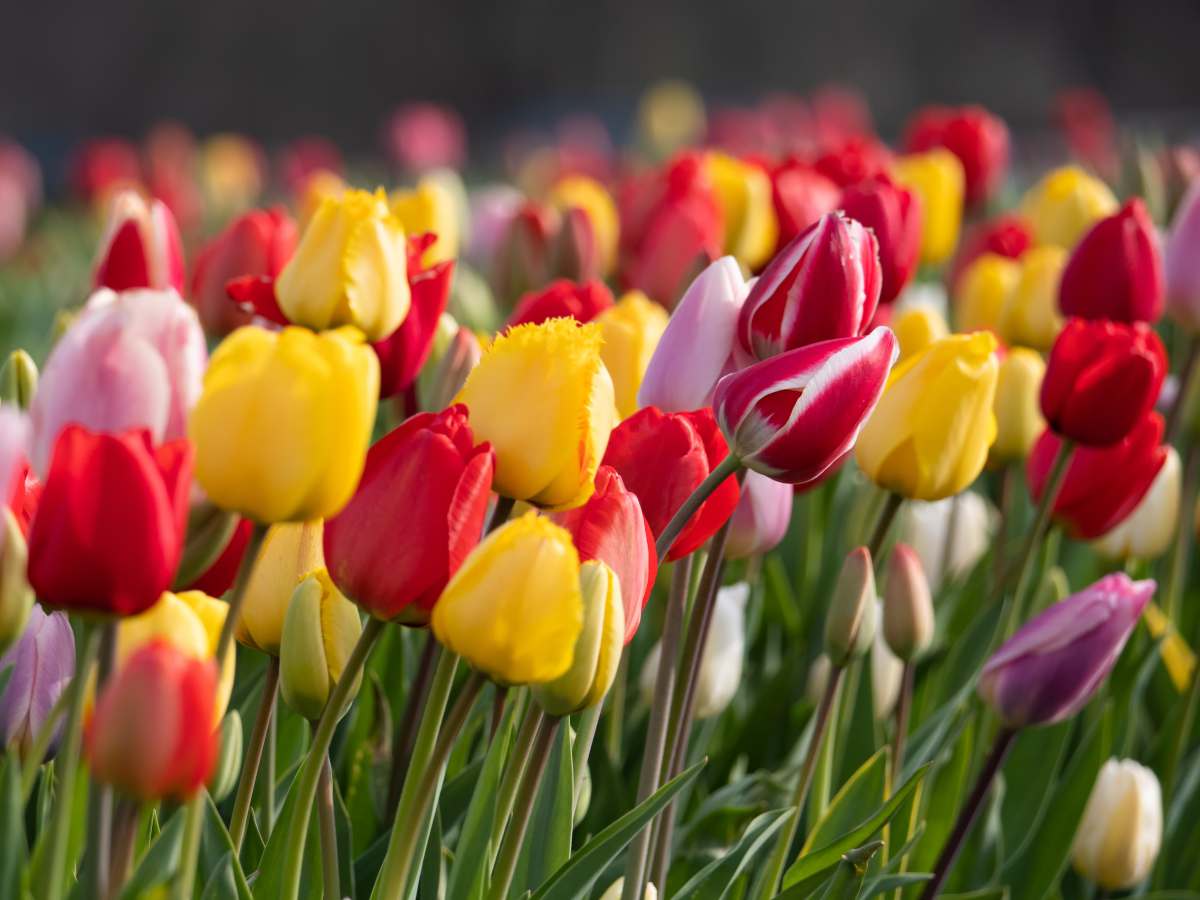
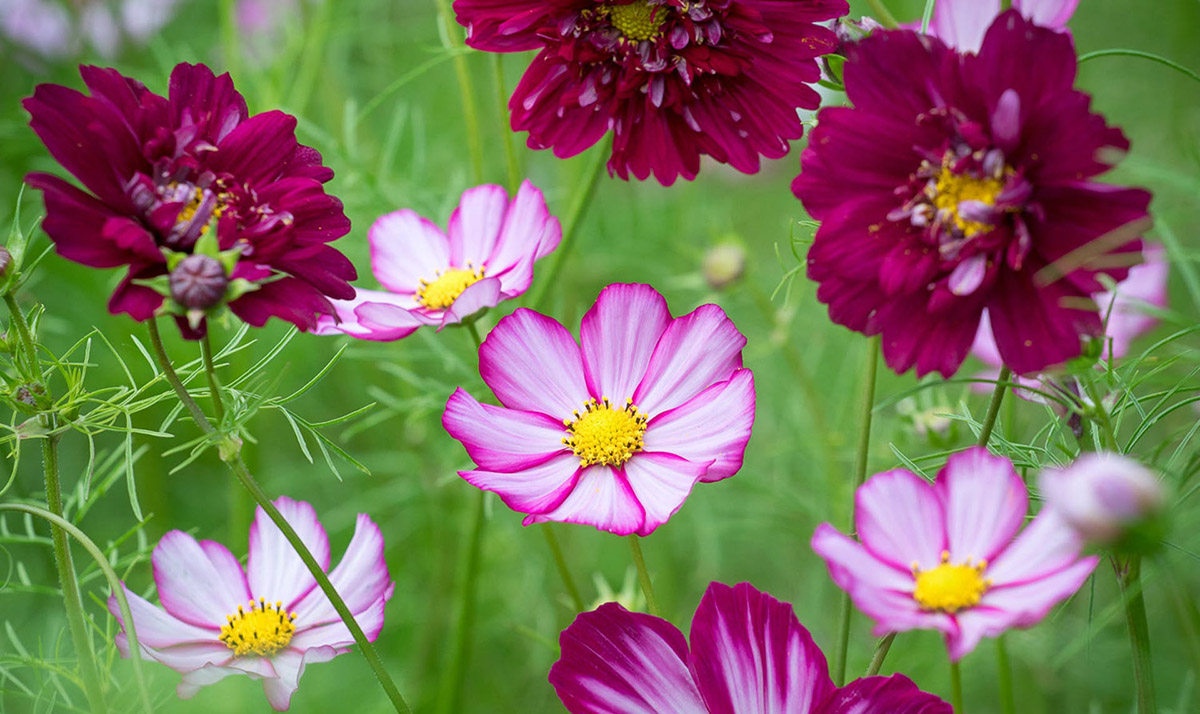
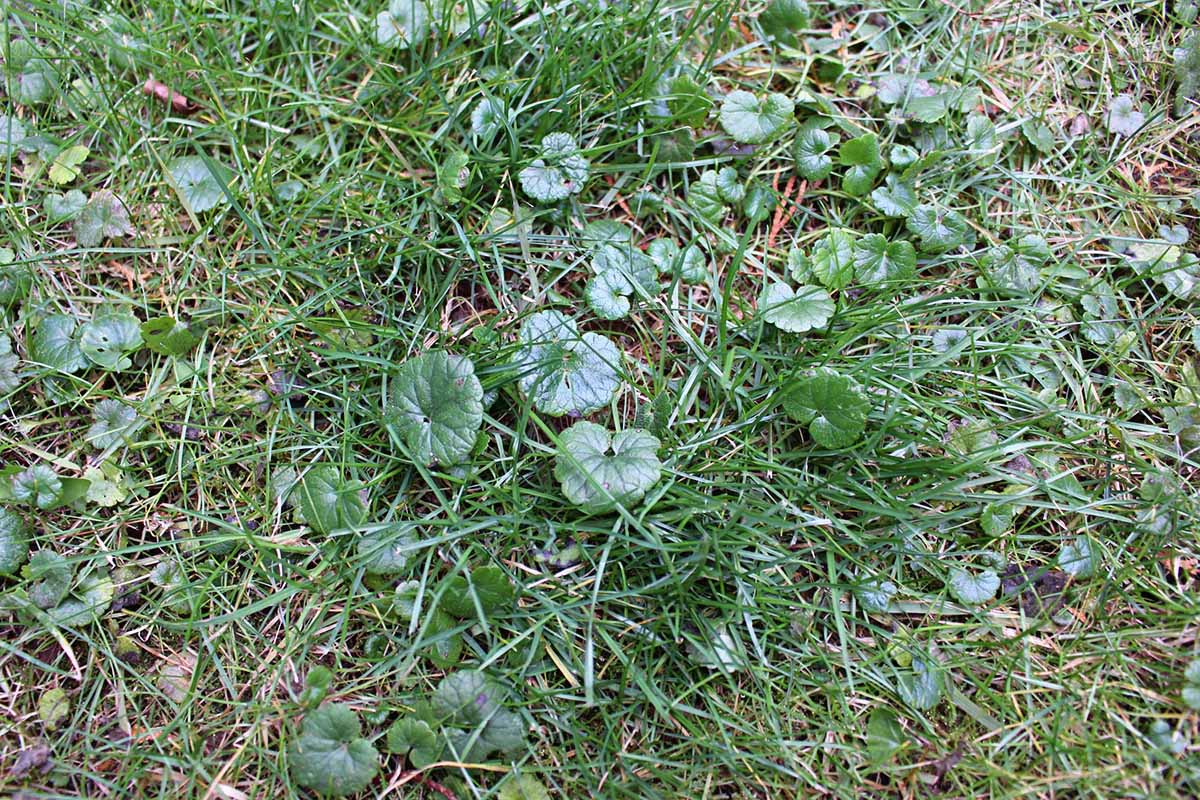
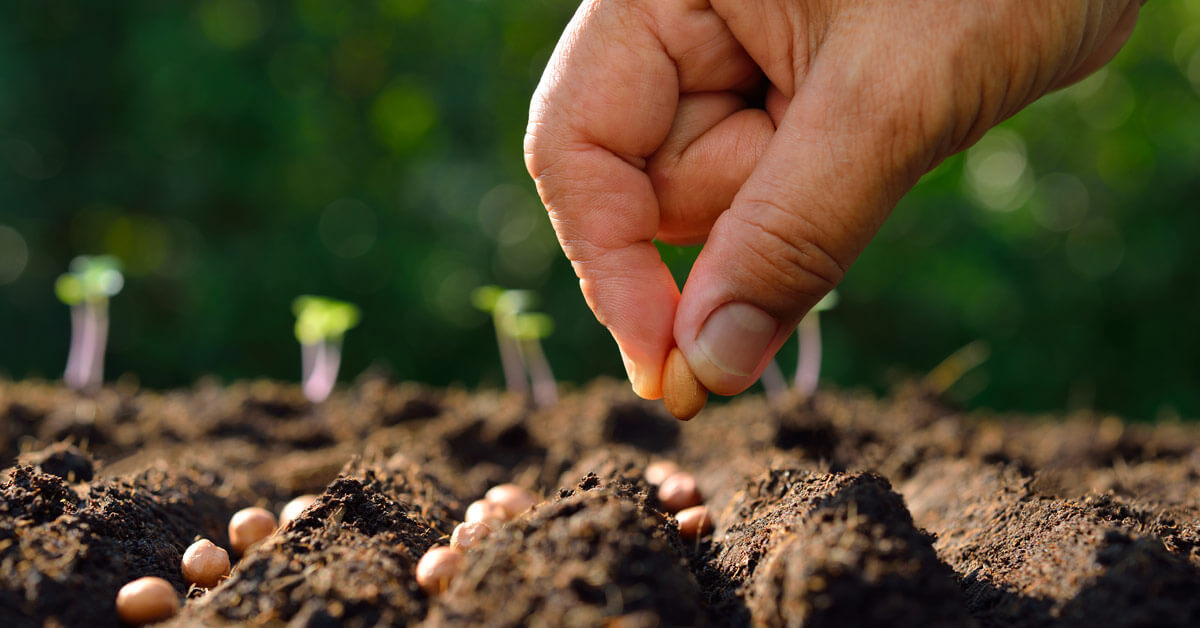
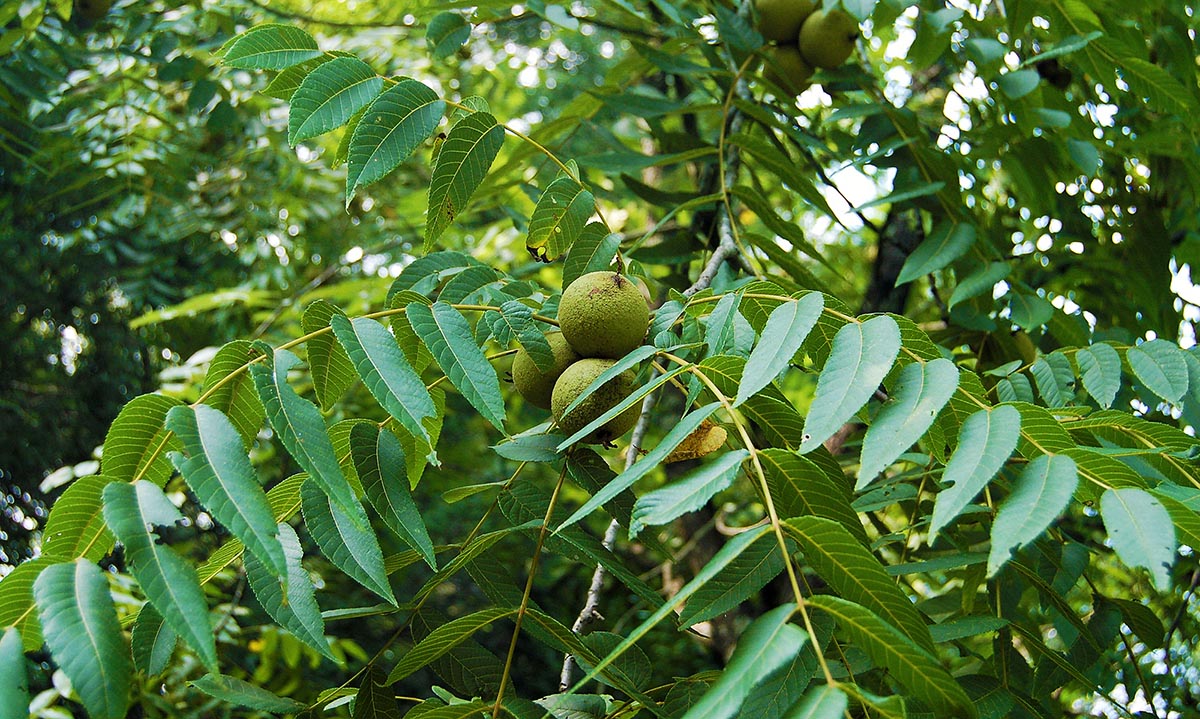
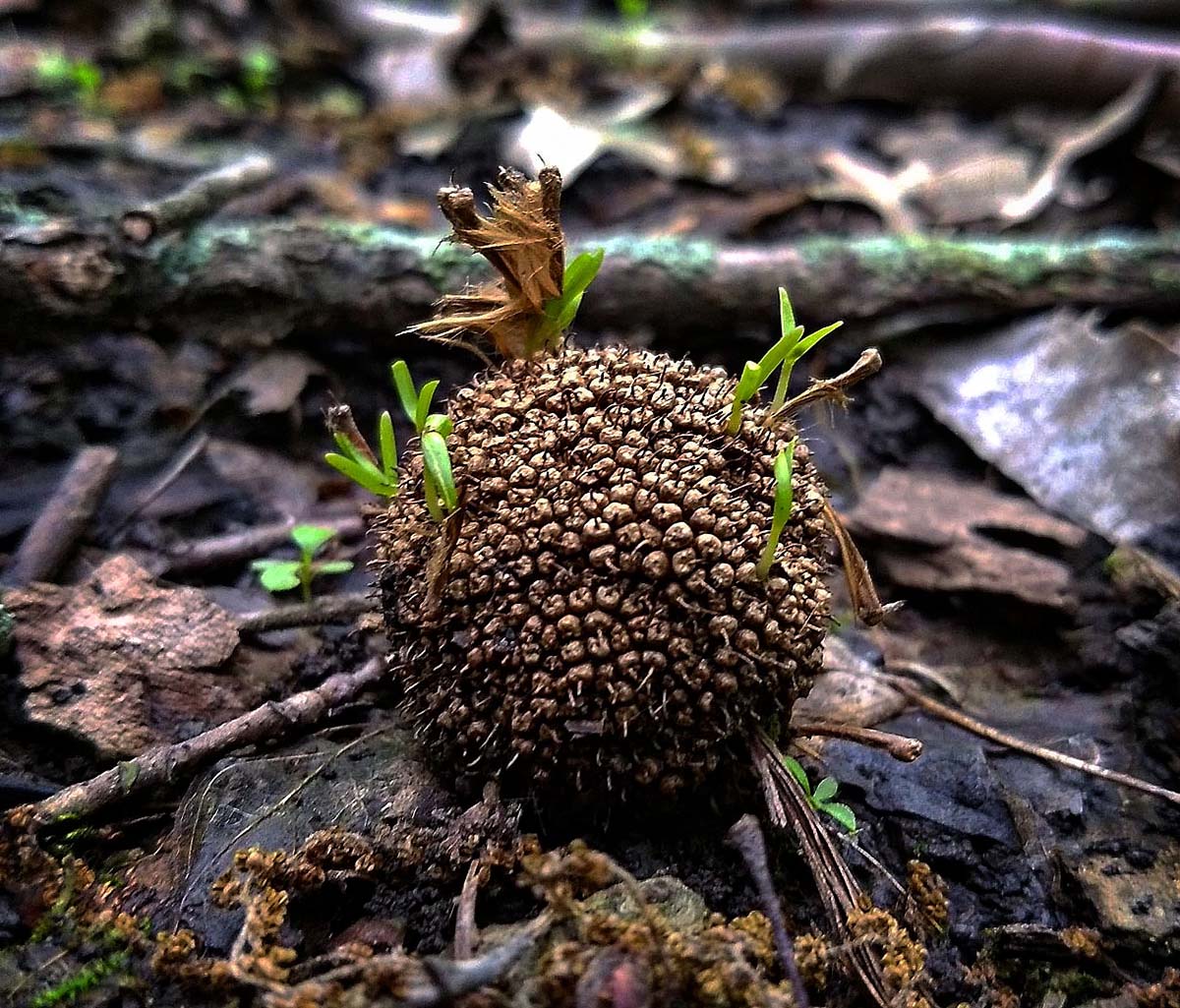
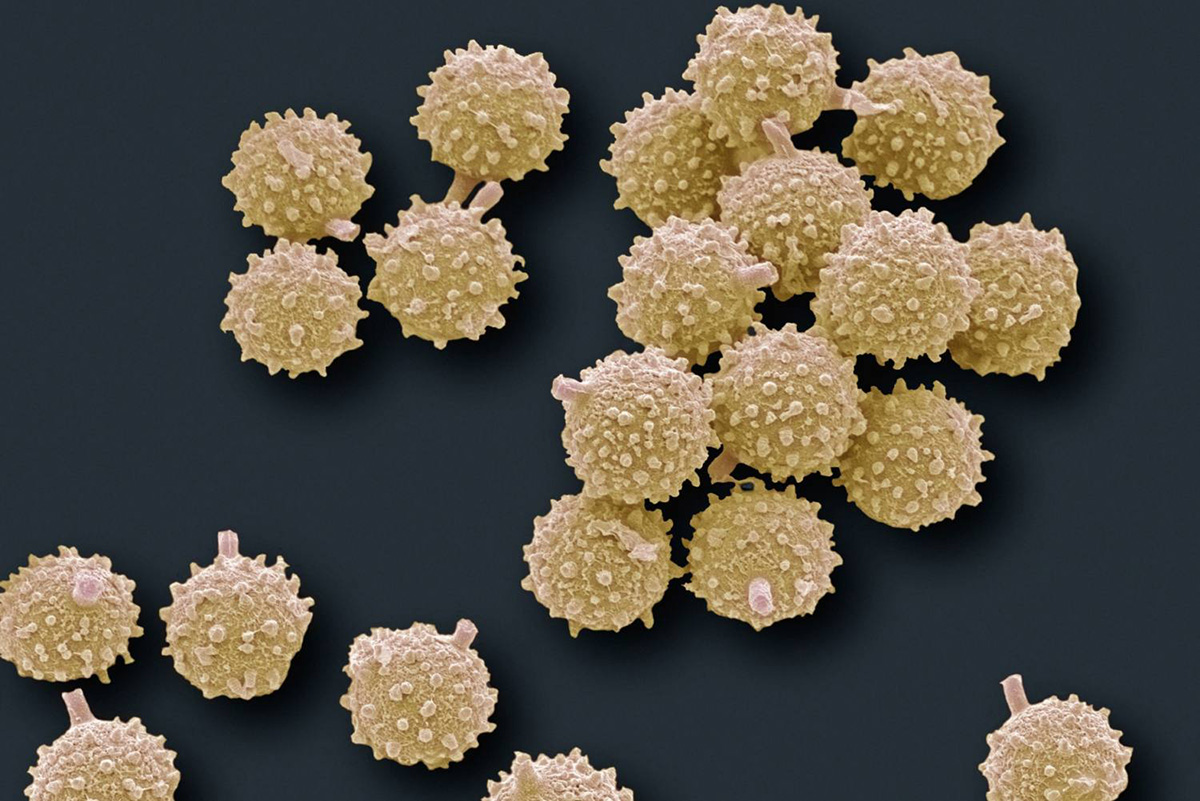
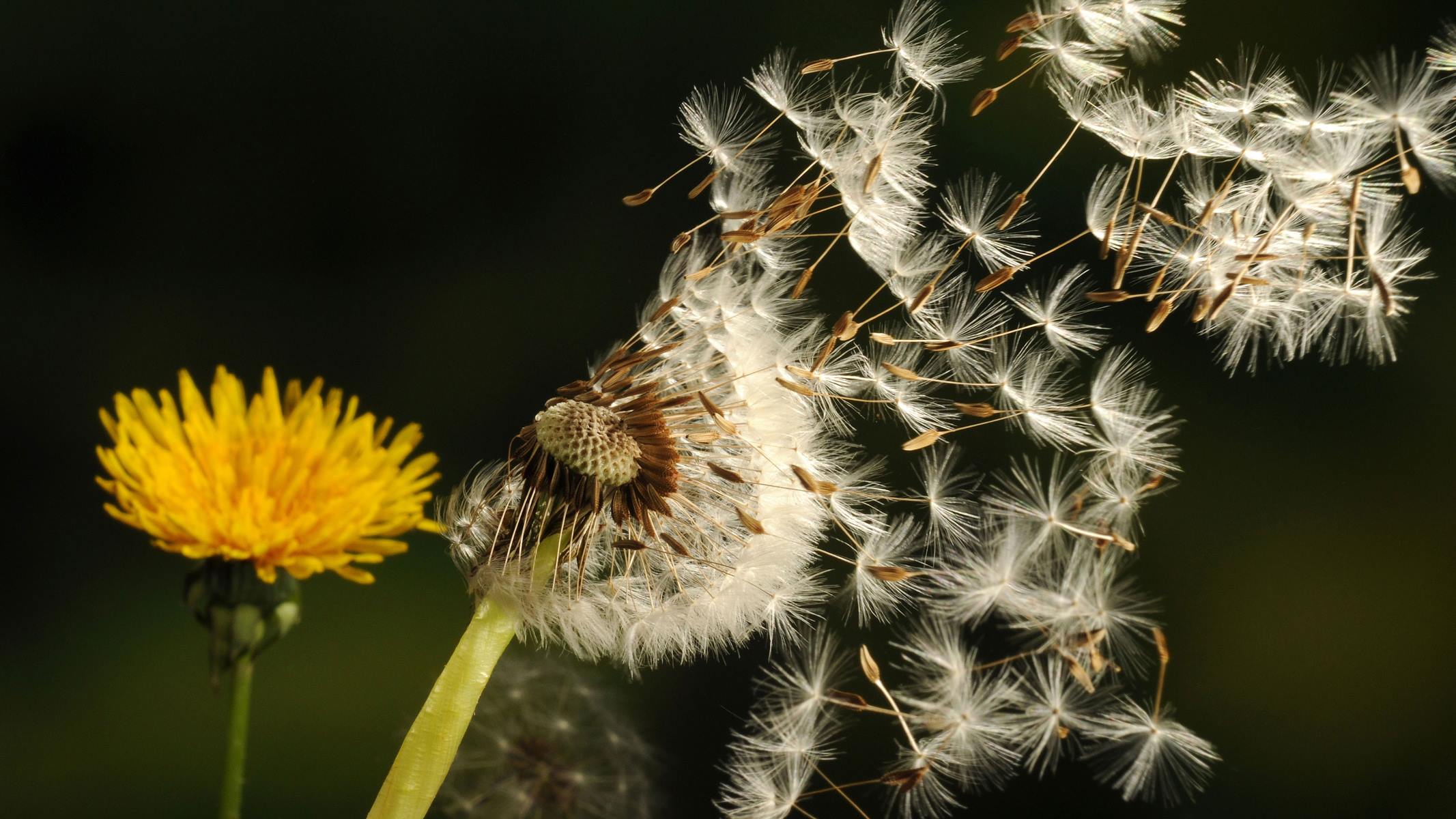
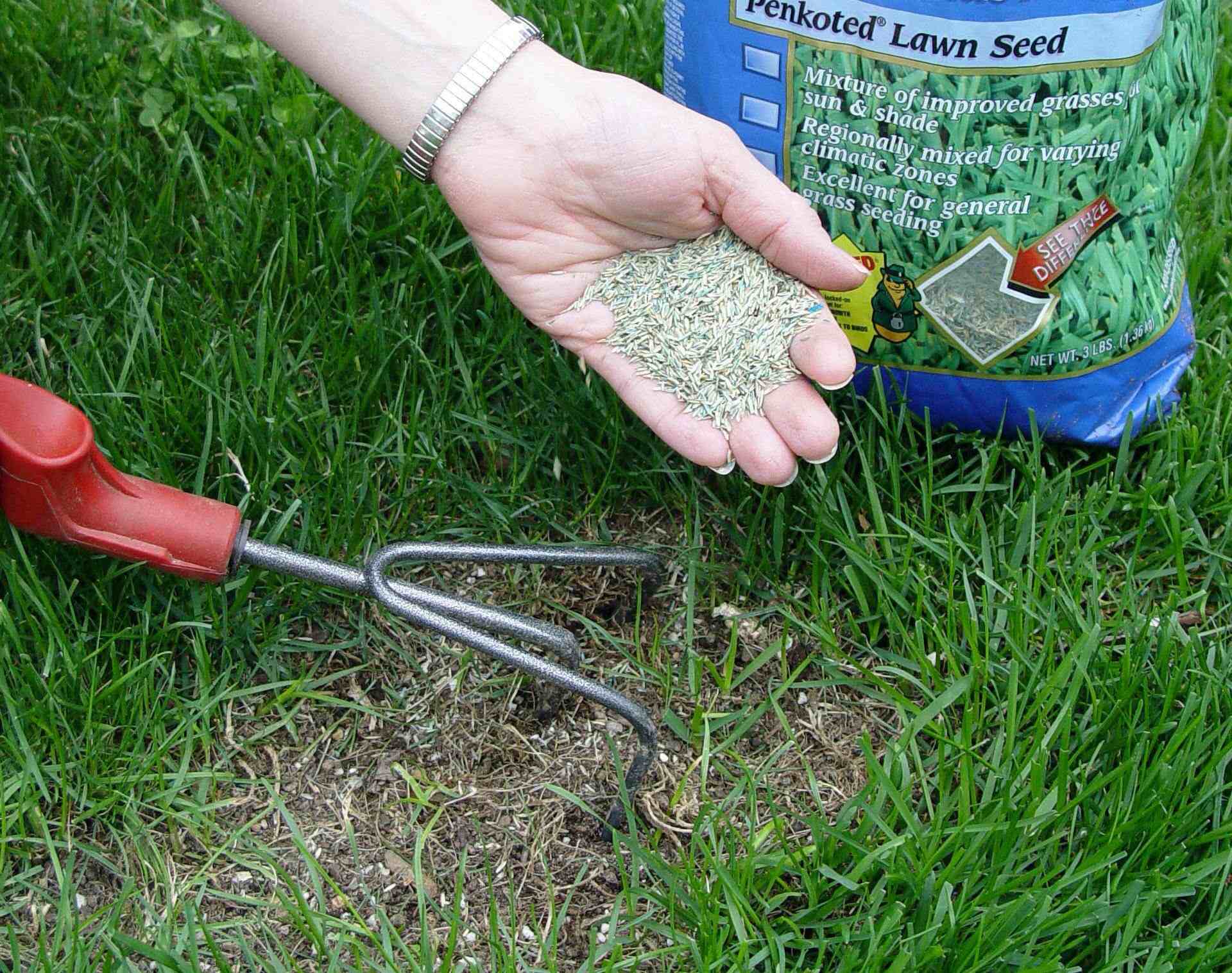
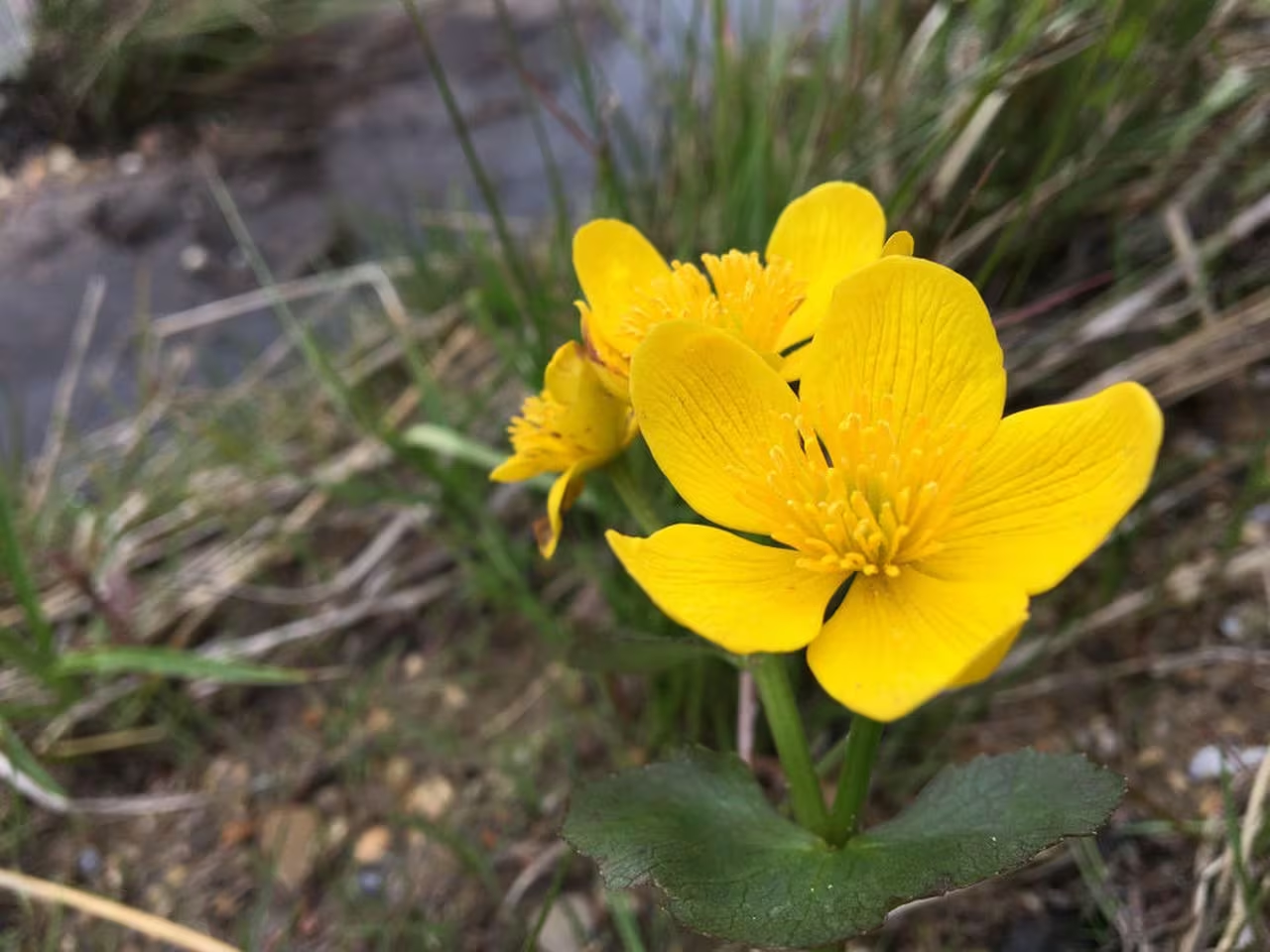
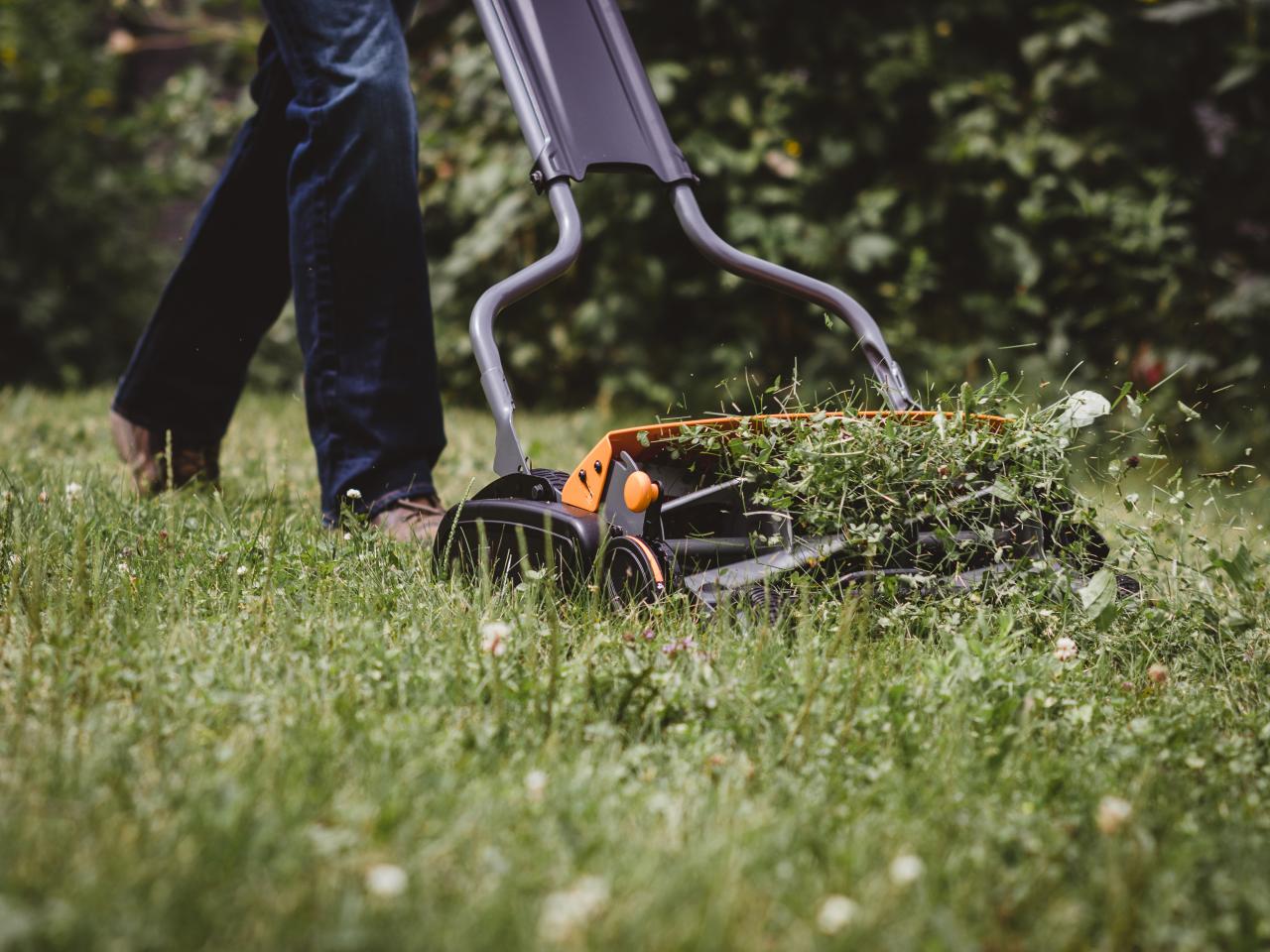
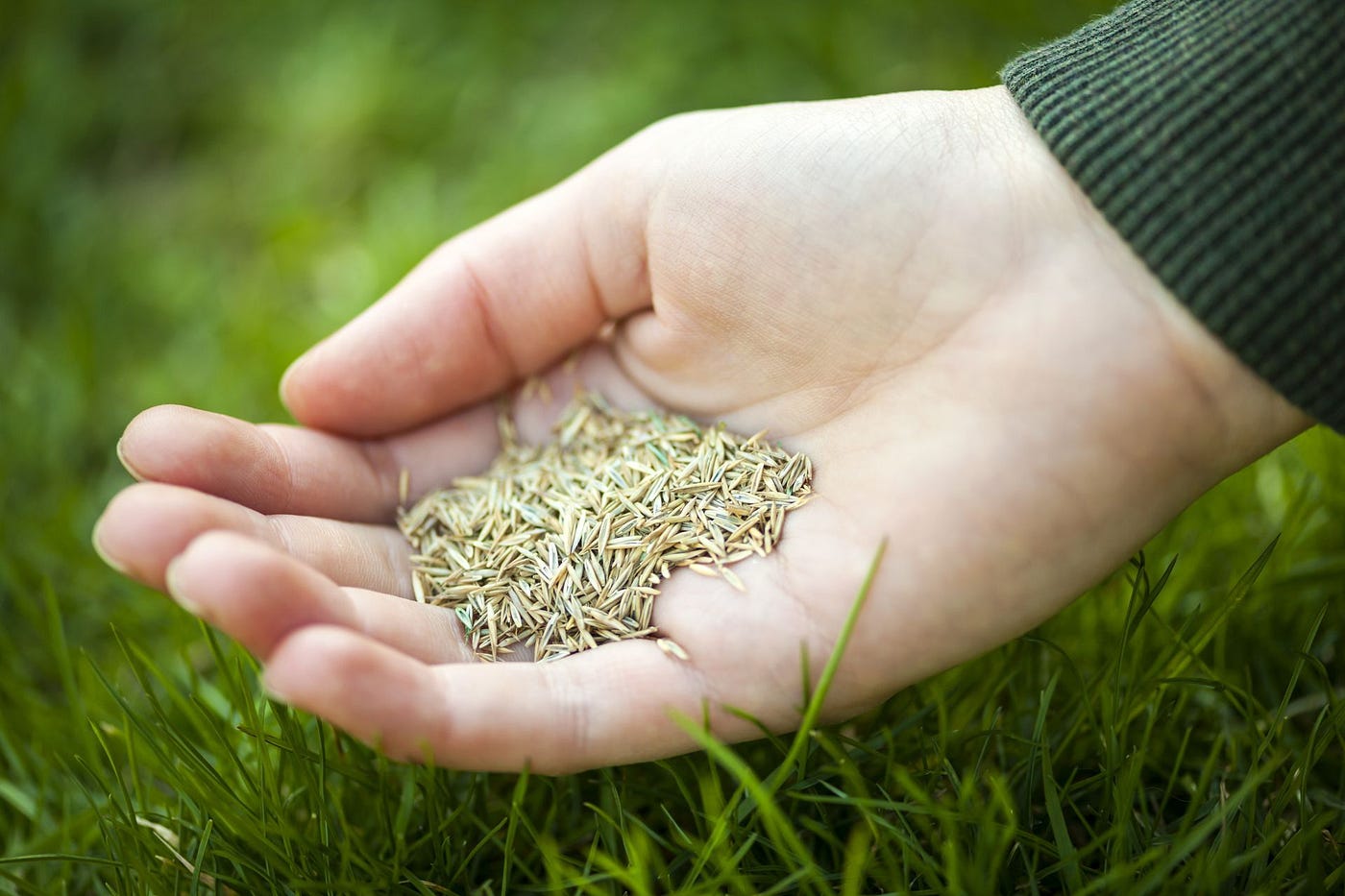
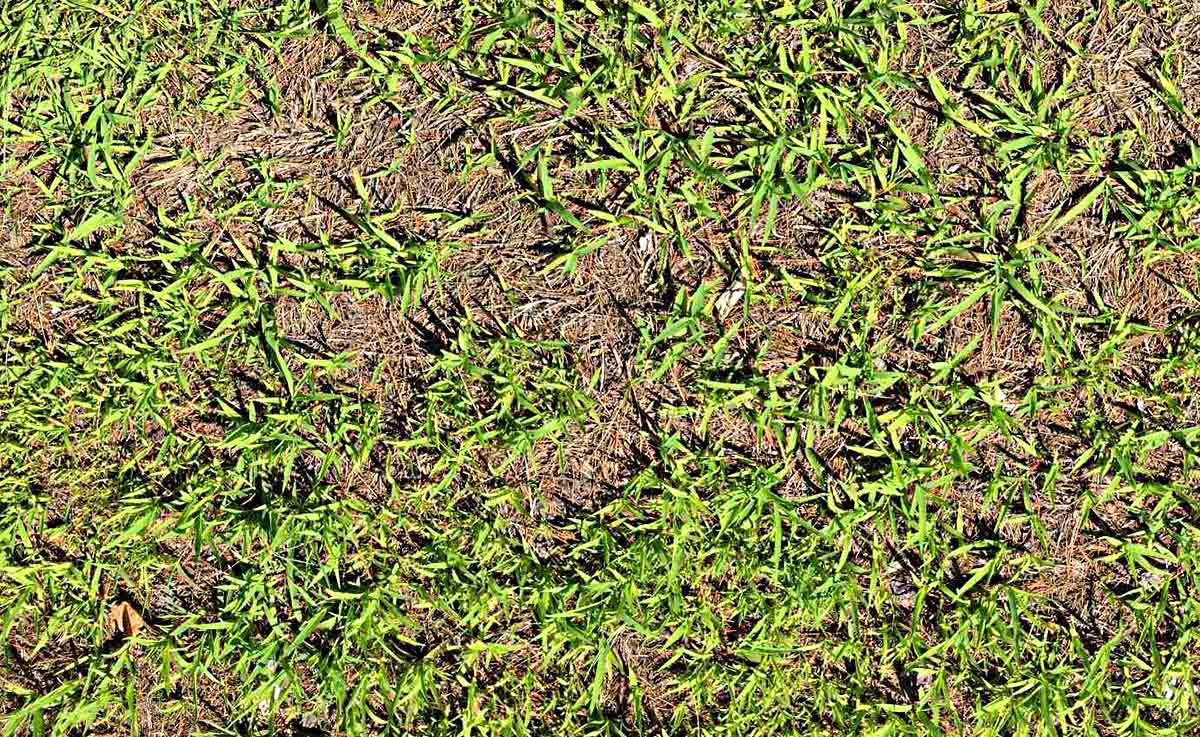
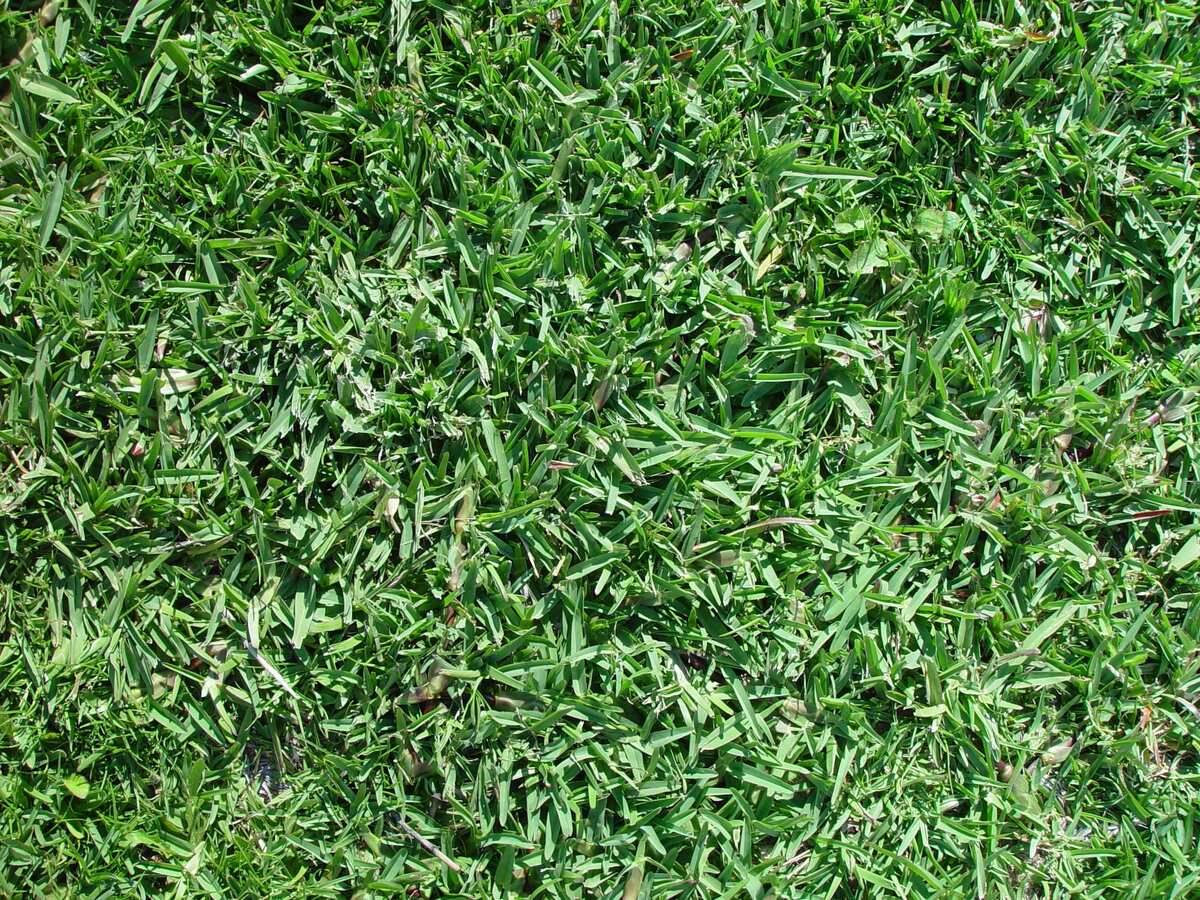

0 thoughts on “When Do Dandelions Germinate In Michigan”